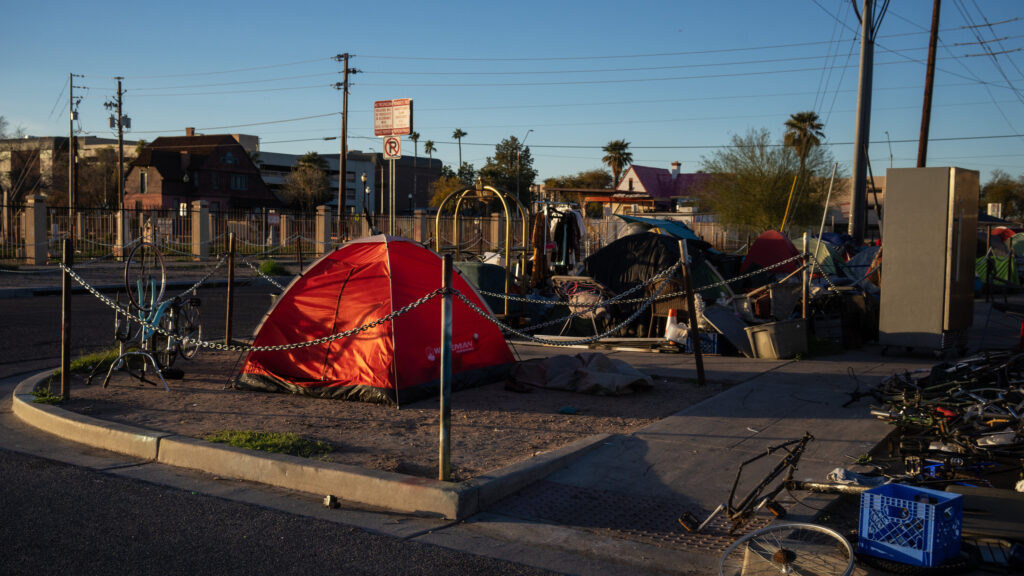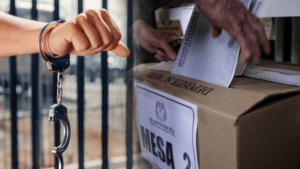By Kurtis Alexander San Francisco Chronicle
April 13 — When Pati Hamm went to the grocery store recently, she found, like most shoppers in California, empty shelves and sparsely stocked refrigerators. What stuck for her and her family, though, was the store’s 2-gallon limit on milk purchases.
Hamm’s husband, Jack, is a dairyman, and while many retailers have run low on food items like milk, he’s got plenty. In fact, there’s so much milk on dairy farms across the nation that the price paid to operators for their raw product has dropped by nearly half in recent weeks. Some California diaries can’t even find a place to deliver their milk and have resorted to dumping it in their manure ponds.”It’s sickening,” said Jack Hamm, 65, who milks more than 1,000 cows at his ranch in Lodi (San Joaquin County), one of 1,200 dairies in California that make the state the top milk producer in the country. “It’s more than about the money for us. It’s about our life’s work … and whether we get paid a dime for this milk or have to pour it into the ground, we have to keep feeding and milking our cows. You can’t just not milk them.”
While food continues to be produced on the nation’s farmland during the coronavirus pandemic, the subsequent lockdown of society has caused a seismic shift in what people are buying and eating, and distribution networks haven’t kept up. As a result, some food items are not getting to where they need to go.
The closure of restaurants, schools and workplace cafeterias has forced distributors to try to pivot from wholesale markets to retail markets, touching off a struggle for new supply chains, new packaging and sometimes entirely new products.
Meanwhile, the trucking business that carries agricultural goods to market has lagged, as drivers remain at home because of the virus. Air freight has slipped as international flights have been grounded. And many growers are starting to worry about farmworker shortages because of travel restrictions and border closings.”Everybody’s scrambling.
The whole food system is scrambling,” said Daniel Sumner, an agricultural economist at UC Davis. “I don’t see a big supply-side issue for agriculture. It’s really an issue with the food (delivery) system.”
Few farms have gone unfazed by the tumult.
Some have fared better than others, leveraging spikes in demand that have come with recent panic shopping and hoarding. Growers with supply chains still intact for canned fruits and frozen vegetables continue to move goods. So do egg producers, who have seen prices skyrocket as people stay at home and cook. Still, there’s only so much they can crank up supply.Most farmers have faced only headaches trying to find a home for their crops. Fresh fruits and vegetables, at least half of which typically go to restaurants and larger institutions such as schools, pose some of the biggest challenges. Strawberries, blueberries, lemons and other crops harvested this time of year have begun to be stockpiled, and growers say some may be left in the field to wither.”
When your product has limited shelf life and it’s prime season, it’s a very difficult situation,” said Jeff Michael, an economist and professor of public policy at the McGeorge School of Law at the University of the Pacific in Sacramento.The dairy industry, with its sprawling yet rigid distribution network, may be the hardest hit. The schedule for milk production can’t be adjusted, not even by a day. Also, milk is perishable and doesn’t store or freeze. And milk often goes to making specialized products and can’t be repurposed without major infrastructure changes.”When you think about the (restaurant) giants, they use a tremendous amount of butter and cheese,” said Anja Raudabaugh, chief executive officer of the trade group Western United Dairies. “You can’t suddenly shift away from (producing) the 40-pound and 80-pound barrels. The supply lines are completely different than for the small cuts of cheese you get at the grocery store.”
Meanwhile, creameries that produce liquid milk don’t have the capacity to take more of the raw product, even as households want to buy more milk as they shelter in place. Dairies looking to shift their supplies, say from cheese or butter to fluid milk, haven’t had much luck.
Making matters worse, the dairy industry in California is now experiencing its “spring flush,” when cows are at their most productive point in the year.”The only way to adjust the market is to start cutting down on production,” Raudabaugh said. “That’s the only place we have left to go.”Dairy Farmers of America, one of the largest organizations that buys milk from farmers, has asked about 10% of its members to dispose of their milk, including at an estimated 20 dairies in California.”DFA is continuing to work with our customers to explore additional options to retain as much value from our farm families’ milk, increase demand for dairy and exhaust all possible avenues to find a home for their milk,” Kristen Coady, a vice president at Dairy Farmers of America, said in a statement to The Chronicle.Hamm’s ranch in Lodi is not one that has had to dump milk. But Hamm, like most dairy operators in the state, has had to contend with historically low prices paid for his milk, far below his production costs.
His milk is used to make cheese, as is nearly half of the milk in California, and such Class III milk is fetching around $12 per 100 pounds, down from around $20 late last year, as dictated by the Chicago Mercantile Exchange. The break-even price for most dairies is about $16.”
We’re literally losing thousands and thousands of dollars a day,” said Hamm, who employs a full-time staff of 15. “But I’m not here to cry about our business. We’re just like the rest of the economy. We got to figure out how we’re going to make this work.”
The dairy industry was already facing headwinds before the coronavirus outbreak. Consumer shifts to plant-based alternative milks and years of retaliatory tariffs in the Trump administration’s trade wars had softened demand. With a new trade deal in place with Mexico, however, the outlook was starting to brighten.”This year was shaping up to be a good year,” said Donny Rollin, 53, who runs a dairy with 2,100 cows and 2,300 heifers and a full-time staff of 24 in Riverdale (Fresno County). “But we’ve hit the skids. I’m very worried now because, where prices are, it’s going to start weeding people out.”
Like in other sectors of the economy, the federal government is trying to provide relief by easing regulations and sending financial aid, including $24 billion for farmers in the new $2 trillion stimulus package.Dairies are among those starting to reap the benefit. Truck drivers have been allowed to drive more hours than they’re normally limited to, helping redirect milk along new supply lines.
Labeling requirements have been waived to get restaurant goods into grocery stores. And Small Business Administration loans are being extended to farmers.”
We’re seeing the supplies on the shelves beginning to catch up with demand now,” said Jamie Johansson, president of the California Farm Bureau Federation.
In recent days, many grocery stores have lifted their limits on milk purchases. Brett Baker, 36, whose family has been growing pears in the Sacramento-San Joaquin River Delta for generations, realizes that he’s a lot luckier than those in the dairy business — and many others right now.”
This is the best thing that ever happened to canned fruit,” Baker said, noting that much of his family’s crop goes to the cannery. “Demand has increased. Stores even have the dented cans out.”His concern forward is the labor supply. While most of California’s fruits and vegetables won’t be plucked from the fields until later in the year, the pandemic could continue to hamper the mobility of farmworkers.”
The question is what’s going to happen come June, July, August: Are we going to have enough hands for harvest?” Baker said. “You only got 19 days to pick a pear while it’s ripe, and we don’t have any say when it’s going to be ripe. It’s our make-it-or-break-it moment.”
Kurtis Alexander is a San Francisco Chronicle staff writer. Email: kalexander@sfchronicle.com Twitter: @kurtisalexander







